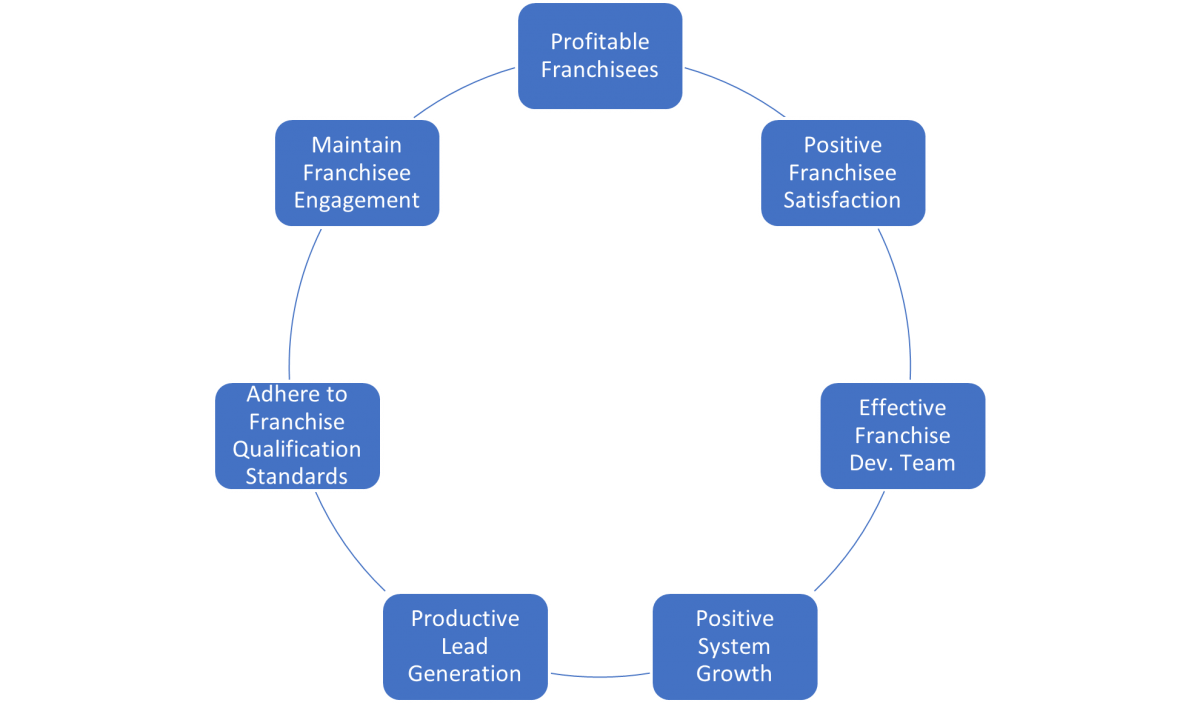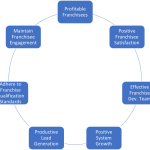Revenue multiples are helpful for both private companies (which lack stock prices) and public companies (for which stock prices are readily available). They’re also beneficial for businesses with low sales because they’re less affected by fluctuations in gross margins and other financial metrics that may fluctuate based on industry trends or economic conditions during the analyzed period.
How To Select The Optimal Valuation Technique For Your Startup
By FMM Contributor, Johnny Dey
Introduction
It is simple to focus on the day-to-day operations of your business when launching a business. You should not spend too much time contemplating the value of your business or the amount you could receive if you sold it. However, valuing your venture is crucial to operating a successful business, as it helps you determine how much capital you need to raise to develop and sustain your business. When it’s time for an investor or potential acquirer to make an offer on your company, valuation is an essential part of the negotiation for the selling price.
The Market Strategy
The market approach is founded on the value of comparable businesses. Therefore, this method is optimal for entrepreneurs with a proven business model or who have already raised capital.
The market approach can be utilized to determine the value of either a startup or an established business. For example, an early-stage company has yet to achieve profitability. As a result, it may not have any revenue. In contrast, a mature company has already achieved profitability. As a result, it generates sufficient cash flow to pay its obligations and reinvest in itself without raising additional capital from investors.
Revenue Multiple
Revenue multiples are a straightforward strategy for valuing a business. The multiple revenue formulae divide a company’s annual revenue by its market capitalization, which is its stock price multiplied by its outstanding shares. For instance, if your company has $1 million in revenue and a comparable company has a market capitalization of $10 million, then your company would be valued at ten times revenue, or $10 million.
Revenue multiples are helpful for both private companies (which lack stock prices) and public companies (for which stock prices are readily available). They’re also beneficial for businesses with low sales because they’re less affected by fluctuations in gross margins and other financial metrics that may fluctuate based on industry trends or economic conditions during the analyzed period.
EBITDA Multiple
Multiples of EBITDA are based on a company’s earnings before interest, taxes, depreciation, and amortization. EBITDA is an excellent indicator of profitability because it is less affected by accounting decisions than net income.
The calculation for this multiple is as follows:
Earnings Before Interest Taxes Depreciation And Amortization (EBITDA) Multiple = (Earnings Before Interest Taxes Depreciation And Amortization) / Enterprise Value
Comparable Organizations Technique
The analogous companies method is the most prevalent method of valuation. It’s founded on the presumption that your venture is a “normal” business, so you can use other comparable companies to determine its value.
This method is very time consuming, as you must identify analogous companies and compare them to yours. In addition, this method needs to account for the risk and ambiguity related to your startup’s business model and product/service offering.
Pricing Strategy
The cost approach is a method of business valuation that compares your company to others in the same industry to determine its worth. This strategy depends on tangible and ethereal assets, such as technology, team, and brand, in addition to the customer base.
Identifying competitors with similar products or services publicly traded on Nasdaq or NYSE MKT is the first step in this process (formerly known as OTC Markets Group). Once you’ve identified analogous companies, you can compare their sales figures to determine whether yours are developing at the same rate or quicker. If they’re growing faster than you, this may indicate that there’s room for expansion in your own business; however, if they’re growing more slowly than you, investors may be able to demand better terms from them when negotiating funding rounds in the future, as they’ll know how much potential value lies within each share of stock sold today compared to tomorrow’s market price once news spreads about how well Q1 earnings season went!
Benefits Of An Asset-Based Strategy
The benefit of an asset-based approach to valuation is that it measures a company’s intrinsic value. This is because it emphasizes assets rather than liabilities. Subtract your liabilities from your assets, then divide the difference by one minus your tax rate to calculate this method (1 – T).
The disadvantage of this method is that it does not account for intangible assets such as goodwill or intellectual property rights; however, these can be factored into any potential sale price through negotiation with potential buyers or sellers during due diligence processes before finalizing the transaction.
The optimal method for valuing your venture depends on the specifics of the situation and its characteristics.
The market approach is the most straightforward and intuitive method for valuing a startup. It is based on the value of comparable companies in the same industry, so it can be used for early-stage companies that do not yet have a significant amount of revenue or earnings (if any). The disadvantage of this method is that it is challenging to locate comparable companies; you will need access to an extensive database of private company financials if you wish to employ this strategy.
Conclusion
The optimal method for valuing your venture depends on the specifics of the situation and its characteristics. If you have significant market potential and wish to transfer your company immediately, you should adopt a market-based strategy. The revenue multiple and EBITDA multiple are useful for valuing established firms. In contrast, the comparable companies method helps value smaller businesses with less complex operations. The cost approach can be used when estimating value based on assets or liabilities alone. In contrast, the asset-based approach is beneficial when evaluating a company’s goodwill value.











